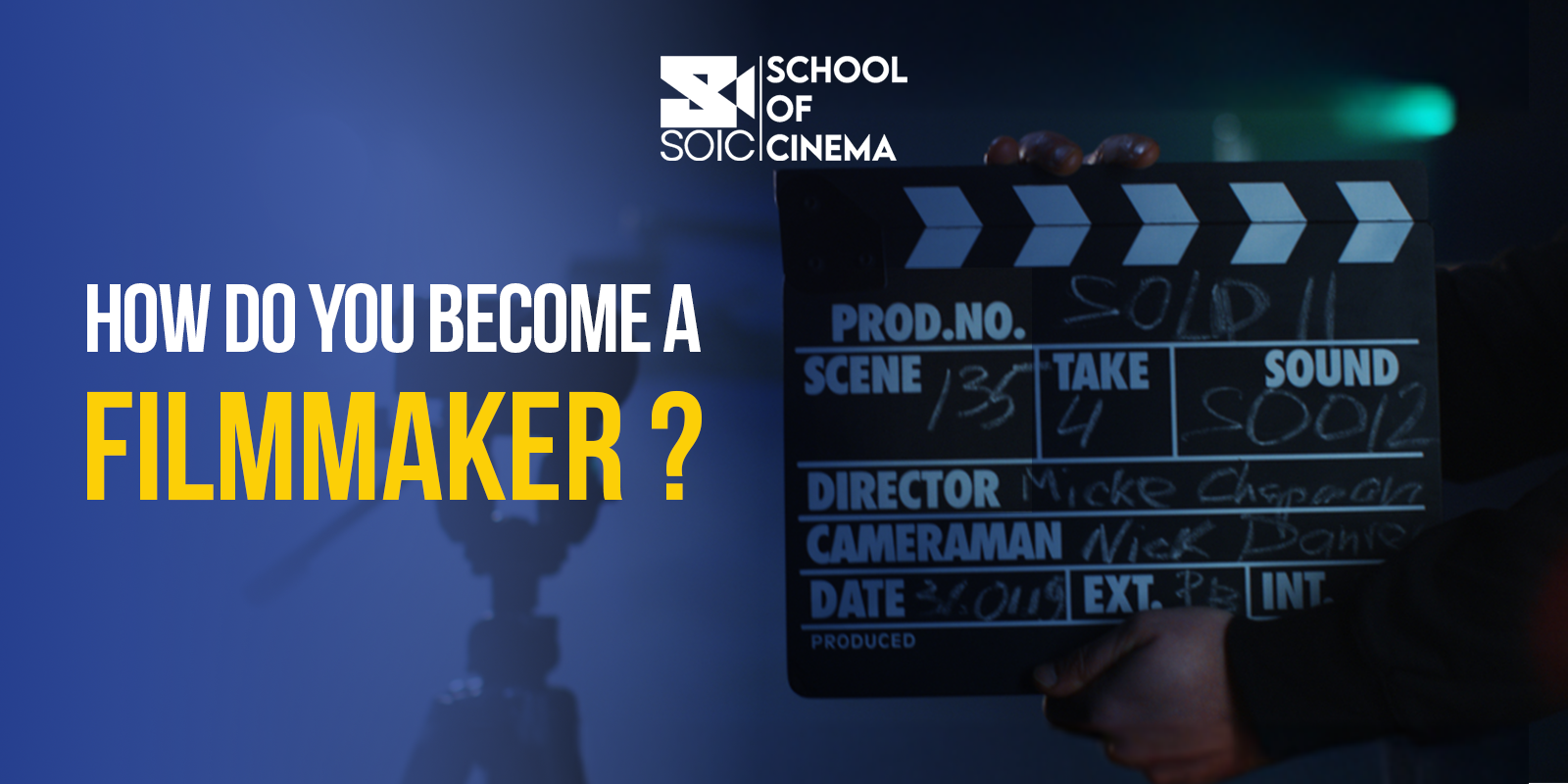
Filmmaking is a fascinating art and technical
craft that brings stories to life through visuals, sound, and performance.
Whether for a feature film, a short movie, or a documentary, the filmmaking
process involves multiple stages, each contributing to the final product. In
this article, we will explore the essential steps in filmmaking
and how they come together to create compelling visual stories.
Development:
The Genesis of Filmmaking
The journey of filmmaking begins with the
development stage. This phase focuses on shaping the idea into a viable
project. Key activities include:
- Concept Creation : Filmmakers brainstorm and refine ideas,
often starting with a central theme or story.
- Scriptwriting : Writers craft the screenplay, detailing
the narrative, dialogue, and key scenes.
- Securing Financing : Producers pitch the project to
investors or production studios to secure funding.
Without a strong foundation in this stage, the rest of the filmmaking
process can falter.
Pre-Production :
Planning for Filmmaking Success
Pre-production sets the stage for the actual shooting. It
involves meticulous planning and resource allocation :
- Casting : Directors and casting agents select actors best
suited for the roles.
- Storyboarding : Visualizing the film through detailed
illustrations or digital tools.
- Location Scouting : Choosing suitable locations for
filming, ensuring they align with the script.
- Production Scheduling : Organizing the timeline to
optimize shooting efficiency.
- Assembling the Crew : Hiring key personnel, including
cinematographers, production designers, and sound engineers.
This phase ensures all elements are in place before the
cameras start rolling.
Production:
Bringing the Film to Life
Production is the heart of filmmaking, where
the scenes are shot as planned. Activities in this stage include:
- Principal Photography : Capturing the footage as per the
script and storyboard.
- Direction : The director oversees performances and ensures
the creative vision is realized.
- Cinematography : The director of photography (DOP) works
on framing, lighting, and camera angles.
- Sound Recording : Capturing dialogue, ambient noise, and
sound effects on set.
Effective collaboration among the crew is vital during
production to maintain quality and adhere to the schedule.
Post-Production:
Refining the Raw Footage
Post-production transforms raw footage into a polished film.
This phase includes:
- Editing : Editors piece together the scenes, adjust
pacing, and refine transitions.
- Color Correction and Grading : Enhancing visual appeal by
adjusting color tones and contrasts.
- Sound Design : Adding sound effects, music, and refining
dialogue tracks for clarity.
- Special Effects (VFX) : Incorporating computer-generated
imagery (CGI) or other visual effects as required.
Modern filmmaking tools like DaVinci Resolve
have revolutionized this stage, enabling precise adjustments and creative
enhancements.
Distribution:
Sharing the Film with the World
After the film is complete, the next challenge is
distribution. This stage involves :
- Film Festivals : Premiering the film at festivals to
garner attention and acclaim.
- Theatrical Release : Securing deals with cinemas for
widespread audience viewing.
- Streaming Platforms : Partnering with services like
Netflix or Amazon Prime for digital distribution.
- Marketing : Promoting the film through trailers, posters,
social media campaigns, and interviews.
An effective distribution strategy ensures the film reaches
its intended audience and achieves commercial success.
The Importance
of Collaboration in Filmmaking
Filmmaking is inherently collaborative. From
screenwriters and directors to editors and actors, every individual contributes
to the film's success. Clear communication and shared creative vision are
essential to overcoming challenges and delivering a cohesive product.
Challenges
in Filmmaking
The filmmaking process is not without its
challenges:
- Budget Constraints : Managing expenses without
compromising quality.
- Tight Deadlines : Adhering to schedules while maintaining
creative integrity.
- Technological Demands : Staying updated with ever-evolving
filmmaking technologies.
However, these obstacles often lead to innovative solutions
and creative breakthroughs.
The
Evolution of Filmmaking
Over the years, filmmaking has evolved
dramatically, from silent films to high-tech productions using AI and virtual
reality. Today, filmmakers have access to sophisticated tools, enabling them to
push creative boundaries.
Conclusion:
The Art and Craft of Filmmaking
The process of filmmaking is a complex but
rewarding journey that blends creativity, technology, and teamwork. Each stage,
from development to distribution, plays a crucial role in shaping the final
product. Aspiring filmmakers can find endless opportunities to innovate and
tell stories that resonate with audiences worldwide.
Whether you're a budding director, screenwriter, or
cinematographer, understanding the nuances of filmmaking is your
first step toward success in this dynamic field.
Comments (0)
Categories
Recent posts


What Is the Process of Filmmaking?
24/11/2024
How Do I Start Learning Filmmaking ?
26/11/2024
Developing Egypt's VFX Industry: A ...
3/12/2024



